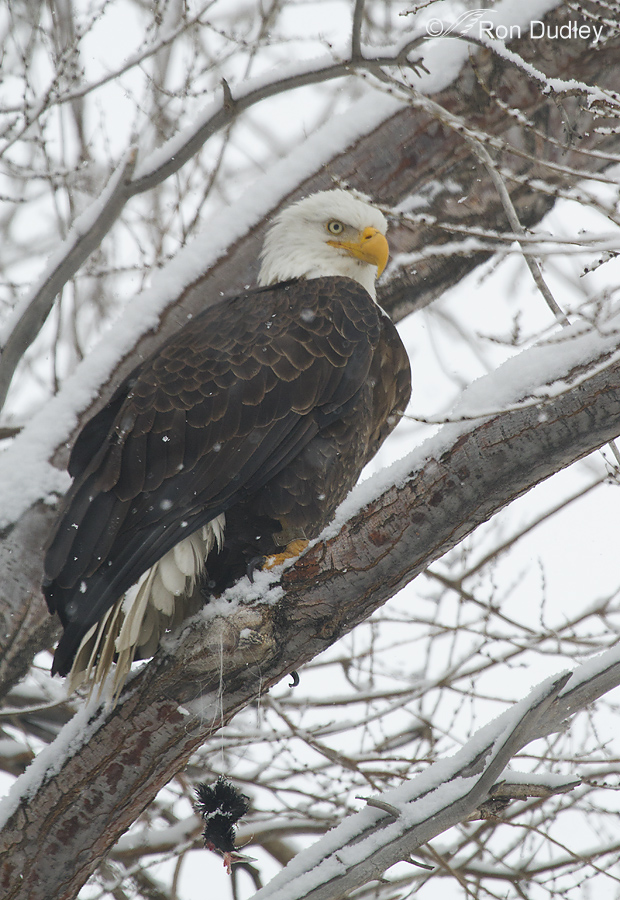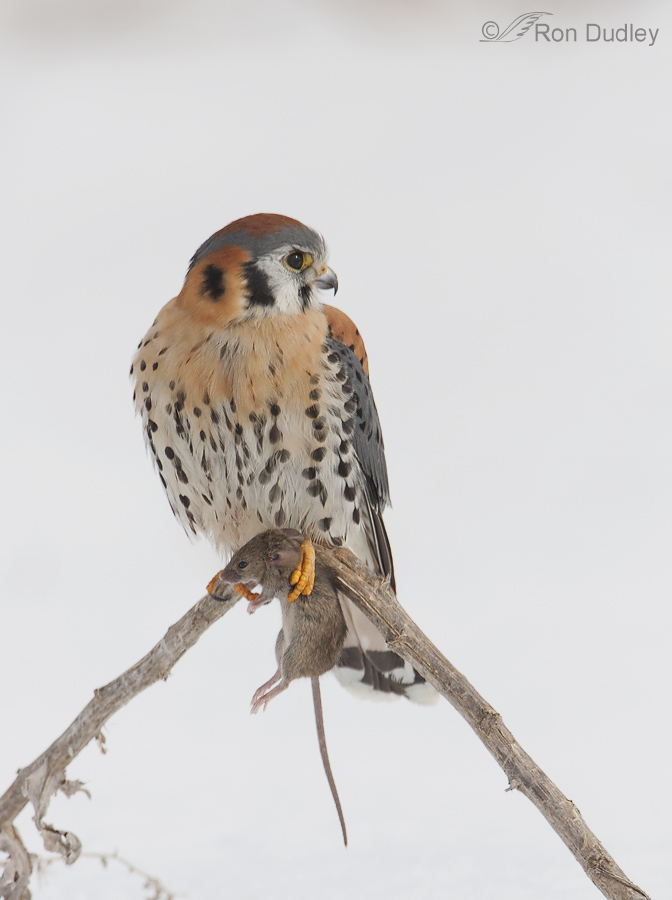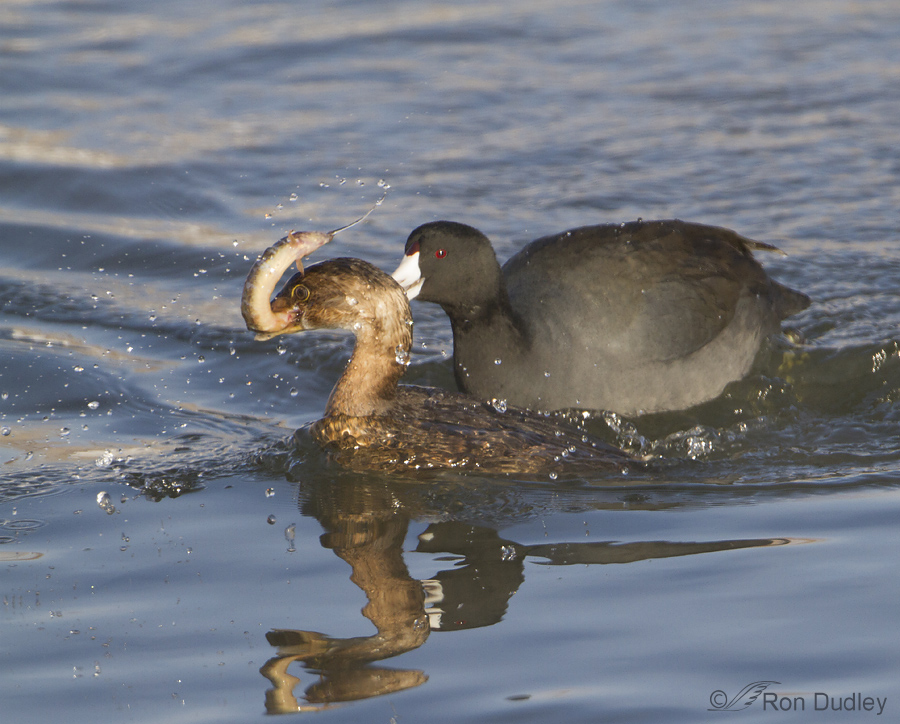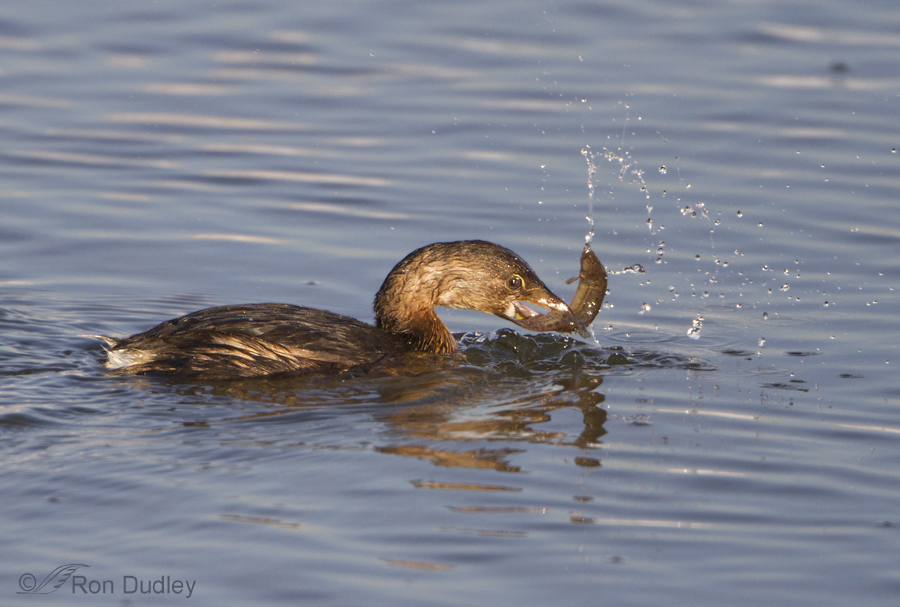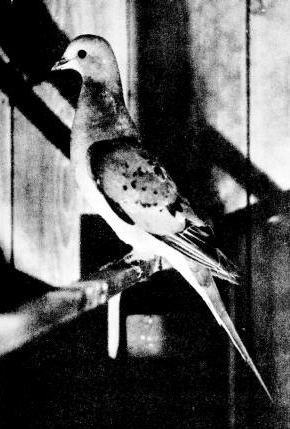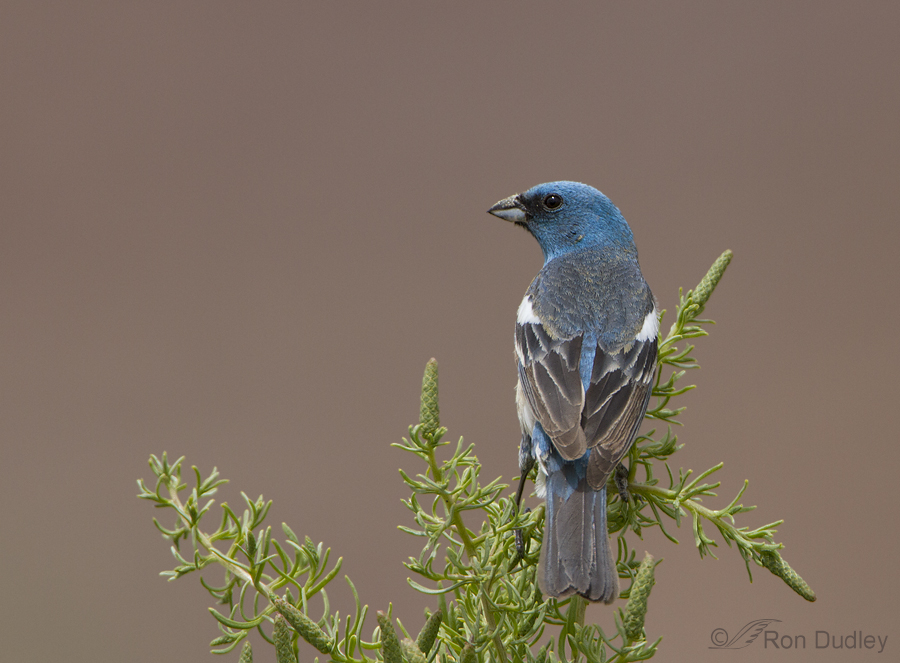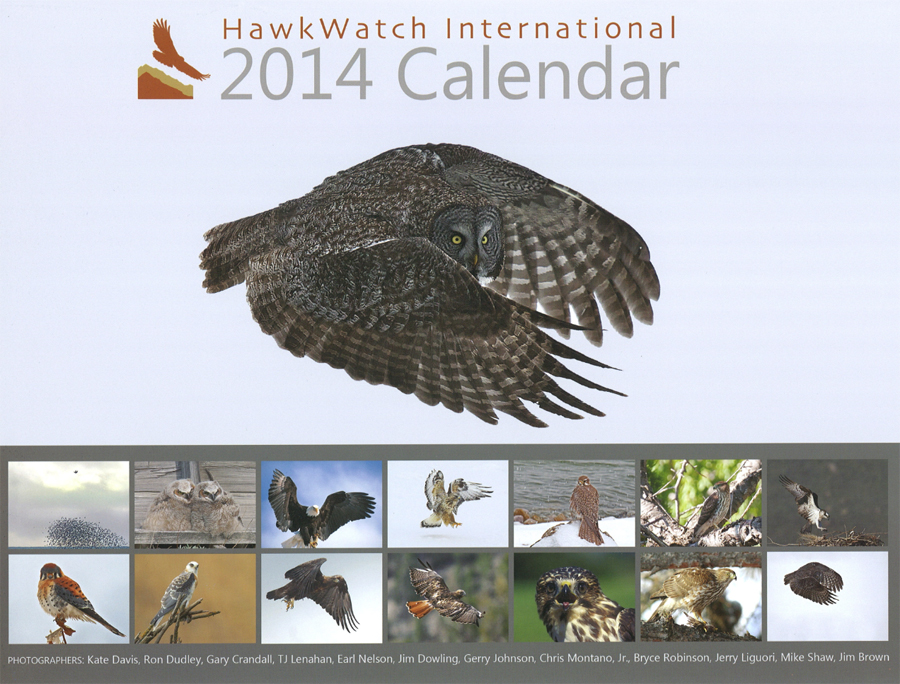Category: Ecology and Environment
A Kestrel, A Mouse And The Potential Demise Of Farmington Bay WMA
A Coot In Pursuit Of A Grebe’s Fish
Pied-billed Grebe Feeding Behavior And An Invasive Species
My Puritan Ancestor and the Passenger Pigeon
Kite String – Yet Another Death Trap For Birds
Several years ago the neighbor kids in the home behind and adjoining my back yard would occasionally fly kites from their own yard. Given the small size of their lot and the many mature and very large trees in the neighborhood it was a kite-disaster waiting to happen. I had no inkling at the time that it would also be a disaster for a bird.
My Love-Hate Relationship With Phragmites
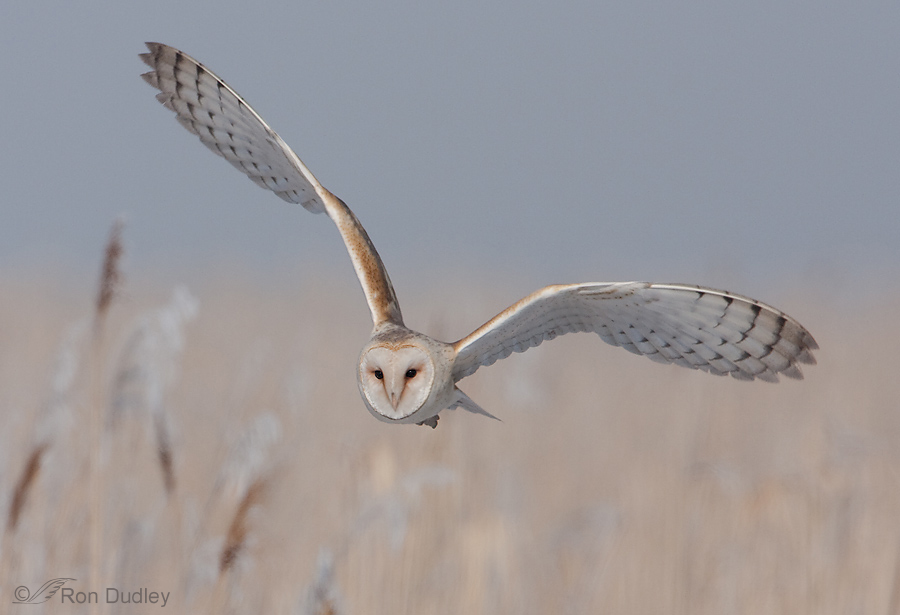
I have a complicated relationship with Phragmites. Though some strains are native to North America, much more vigorous invasive varieties from Eurasia haven taken over many of our wetlands and proven to be extremely difficult to control. Dense “reed stands” of Phragmites with their dramatic seed plumes waving in the breeze can be strikingly beautiful but they’re a huge problem in our wetlands.
Lazuli Buntings In The San Rafael Swell
HawkWatch International 2014 Calendar
Some Good News On The Kestrel Front
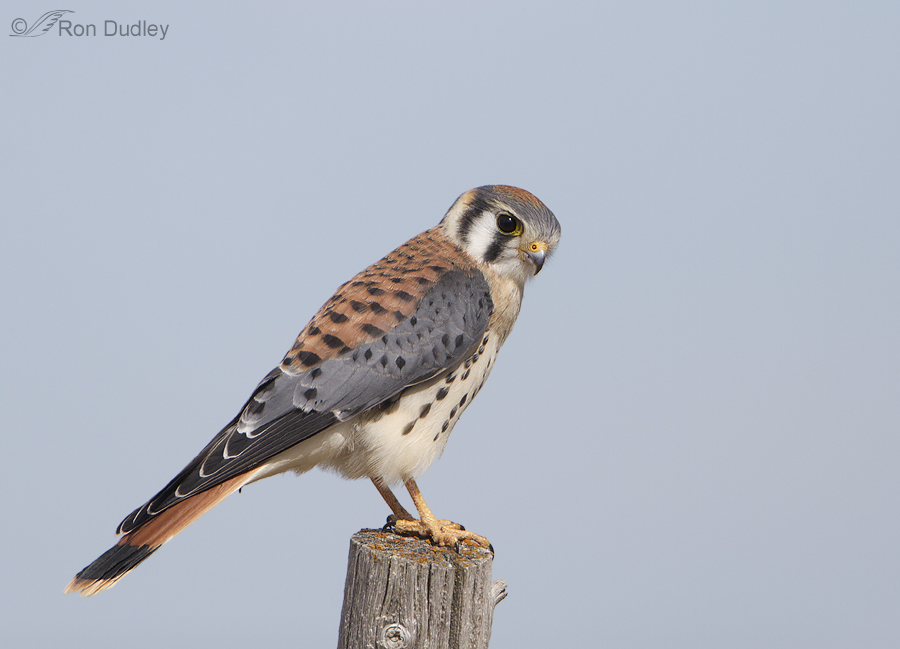
Several weeks ago I reported here about the alarming decline of the American Kestrel in most of North America. That decline has been apparent to me locally (Utah) as I’m seeing and photographing far fewer of them than in the past. Other more scientific and reliable sources report similar declines in many areas of the continent.
But apparently there are pockets of habitat where kestrels are still thriving and one of them is the Centennial Valley of southwest Montana.
Banded Prairie Falcon – A Fascinating Update
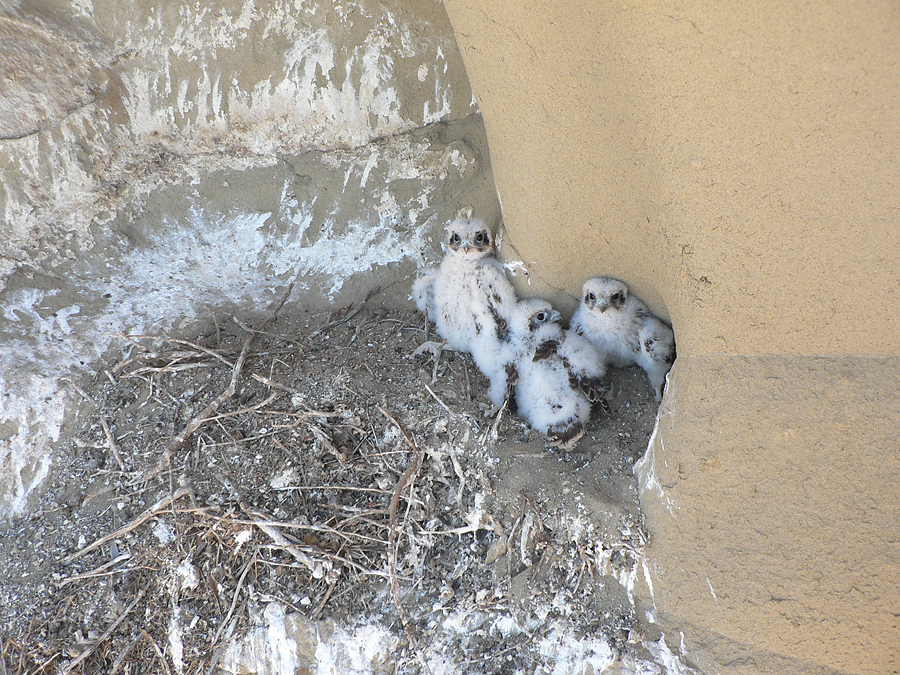
Two days ago I posted about a very tame juvenile male Prairie Falcon I photographed last week in the Centennial Valley of Montana. The bird had two bands and I was extremely curious about where, when and why the falcon was banded and by whom so I asked for any insight my readers might have about the bands. Several of you jumped in with advice and suggestions, for which I’m much appreciative. But it was the superb sleuthing of my friend Mike Shaw that paid huge dividends. Mike did some research and learned that the colored band on the falcon (left foot) was issued to Doug Bell, Wildlife Program Manager for East Bay Regional Park District out of Oakland, California. On Tuesday, figuring that Doug might be interested in knowing that his California bird was now in the wilds of Montana, I emailed him with a link to that blog post and an offer to supply any more information about my encounter with that bird that he’d be interested in. I also asked him if he might tell me a little about his experience with the falcon. Yesterday Doug responded generously with information and photos. Since many of my readers expressed an interest in knowing about the history of this young bird I decided to update you with a new post rather than add an addendum to the previous post that many might not see. Besides, there’s a lot of new “stuff” here. Image property of East Bay Regional Park District – used by permission Doug and his team banded “my” Prairie Falcon…
Yet Another Escaped Falconry Bird – This Time A Female American Kestrel
Yesterday morning I spotted this female American Kestrel perched on a far-off rock to the west on Antelope Island. She was much too far away for decent photographs (as is obvious from the mediocre quality of these first five photos) but when I see raptors at most any distance it’s my practice to “scope them out” through my lens so I can ID them and look for anything unusual or interesting. I took a couple of shots for documentary purposes but at first I didn’t notice anything noteworthy about her except for the keratin flaking off of her beak. But then she scratched her face with her foot. Jesses! Those damned jesses again. In this shot you can see anklets above both feet and the jess on the left leg. She perched and preened on the rock for quite a while and a few minutes later she scratched with her other foot which provided a good look at the jess on the right ankle. I’m including this shot for a look at her right side, in the unlikely event that some local falconer may recognize her. I hung around for a long time in the hopes of catching her at take-off for a better look at both jesses and anklets. As luck would have it, when it happened they were both in shade and I lost focus on the bird but the photo still provides a decent look at the jesses. I’m deeply troubled by this event and I’ll provide a little background as…
Road-killed Barn Owls
Talk about coincidence! Last night, as I was working up some images of Barn Owls for a blog post on the species, I received the following UBIRD email (used here by permission) from my good friend, enthusiastic birder and budding bird photographer, Shyloh Robinson. Shyloh lives very close to Farmington Bay Waterfowl Management Area (FBWMA) and this time of year he’s almost always at the refuge in the evenings looking for birds – particularly owls. “:( when a grown man uses an emoticon, you KNOW he’s serious! Each night this week, I’ve visited my home at FBWMA to look at the owls. I went a bit early tonight to make sure I saw some hawks too. They were posted up in the usual spots. I drove straight to the 4way to wait for any short-eared. (That’s the good spot for them.) Sadly, I saw no owls… Until I left and was on Glovers Lane. Another Barn Owl was dead in the road, and being collected. I got a lump in my throat. I’m quickly learning why moving vehicles are a Barn Owl’s worst enemy. These alba’s have meant a lot to me lately and I’m saddened to see them ghosted. Now what? Shyloh” Knowing Shyloh as well as I do, I knew he was devastated. He simply adores “his” owls – an emotion that I share because I’ve spent many, many hours at FBWMA looking for, and photographing, those Barn Owls. They are a special species, in so many ways. Shyloh’s UBIRD post inspired me to change the focus of my Barn…
The Banded Burrowing Owls Of Antelope Island
Populations of Burrowing Owls in North America are in sharp decline. They are an Endangered Species in Canada where only about 800 pairs remain as there has been a 73% drop in their numbers in that country over the last 30 years. They are a species of “special protection” in Mexico and they are “listed” in 9 of the 18 western states in the U.S. that they still occupy. The reason for this disastrous decline is not well understood, but “human activity” is strongly suspected. In order to get a better handle on what is happening to them, multiple banding studies are in progress and that includes Antelope Island. 1/2000, f/6.3, ISO 500, 500 f/4, 1.4 tc, natural light, shot from pickup window, not baited, set up or called in I first noticed banded juvenile Burrowing Owls on the island this past summer. Out of about a dozen juveniles in one area, several of them were banded but it was difficult to get a precise number because they’re hard to tell apart when some are in their burrows and the rest are flying all over the area. Most of the photos I have of banded owls were taken in early morning light but this one was taken later in the day (as you can tell by the position of the catch light and the angle of the shadows on the eyes), so the light was brighter and harsher. 1/1600, f/6.3, ISO 500, 500 f/4, 1.4 tc, natural light, shot from pickup window, not baited, set up…
Escaped Falconry Bird – Peregrine Falcon
Early this morning, just as the sun was coming up over the Wasatch Mountains, we came across this adult Peregrine Falcon, with prey, along the causeway to Antelope Island State Park. It is apparently another escaped falconry bird as it had obvious falconry anklets above its feet, though the actual jesses had been removed. 1/500, f/5.6, ISO 640, 500 f/4, 1.4 tc This first image was taken where we first found it – along the edge of the causeway and next to the Great Salt Lake shoreline. A few seconds after this shot was taken the bird took off. 1/800, f/5.6, ISO 640, 500 f/4, 1.4 tc But seven minutes later, as we proceeded along the causeway, we found the bird perched on this highway post. 1/1000, f/5.6, ISO 640, 500 f/4, 1.4 tc This shot was taken as the falcon took off from the post. You’ll notice that the leather falconry anklets, sans jesses, are apparent in each of the above three images. 1/2000, f/5.6, ISO 640, 500 f/4, 1.4 tc And the last time we saw the bird it had landed far away on the large boulders lining the east side of the Antelope Island Marina. We’ve reported this sighting to the Utah Division of Natural Resources and they’ve told us that they will follow up on it. I’ve always admired the sport of falconry on several levels. Falconers generally have a deep devotion and personal attachment to their birds that I respect and they and their organizations have done a lot for raptor conservation…
A Kestrel, A Mouse And The Potential Demise Of Farmington Bay WMA
A Coot In Pursuit Of A Grebe’s Fish
Pied-billed Grebe Feeding Behavior And An Invasive Species
My Puritan Ancestor and the Passenger Pigeon
Kite String – Yet Another Death Trap For Birds
Several years ago the neighbor kids in the home behind and adjoining my back yard would occasionally fly kites from their own yard. Given the small size of their lot and the many mature and very large trees in the neighborhood it was a kite-disaster waiting to happen. I had no inkling at the time that it would also be a disaster for a bird.
My Love-Hate Relationship With Phragmites

I have a complicated relationship with Phragmites. Though some strains are native to North America, much more vigorous invasive varieties from Eurasia haven taken over many of our wetlands and proven to be extremely difficult to control. Dense “reed stands” of Phragmites with their dramatic seed plumes waving in the breeze can be strikingly beautiful but they’re a huge problem in our wetlands.
Lazuli Buntings In The San Rafael Swell
HawkWatch International 2014 Calendar
Some Good News On The Kestrel Front

Several weeks ago I reported here about the alarming decline of the American Kestrel in most of North America. That decline has been apparent to me locally (Utah) as I’m seeing and photographing far fewer of them than in the past. Other more scientific and reliable sources report similar declines in many areas of the continent.
But apparently there are pockets of habitat where kestrels are still thriving and one of them is the Centennial Valley of southwest Montana.
Banded Prairie Falcon – A Fascinating Update

Two days ago I posted about a very tame juvenile male Prairie Falcon I photographed last week in the Centennial Valley of Montana. The bird had two bands and I was extremely curious about where, when and why the falcon was banded and by whom so I asked for any insight my readers might have about the bands. Several of you jumped in with advice and suggestions, for which I’m much appreciative. But it was the superb sleuthing of my friend Mike Shaw that paid huge dividends. Mike did some research and learned that the colored band on the falcon (left foot) was issued to Doug Bell, Wildlife Program Manager for East Bay Regional Park District out of Oakland, California. On Tuesday, figuring that Doug might be interested in knowing that his California bird was now in the wilds of Montana, I emailed him with a link to that blog post and an offer to supply any more information about my encounter with that bird that he’d be interested in. I also asked him if he might tell me a little about his experience with the falcon. Yesterday Doug responded generously with information and photos. Since many of my readers expressed an interest in knowing about the history of this young bird I decided to update you with a new post rather than add an addendum to the previous post that many might not see. Besides, there’s a lot of new “stuff” here. Image property of East Bay Regional Park District – used by permission Doug and his team banded “my” Prairie Falcon…
Yet Another Escaped Falconry Bird – This Time A Female American Kestrel
Yesterday morning I spotted this female American Kestrel perched on a far-off rock to the west on Antelope Island. She was much too far away for decent photographs (as is obvious from the mediocre quality of these first five photos) but when I see raptors at most any distance it’s my practice to “scope them out” through my lens so I can ID them and look for anything unusual or interesting. I took a couple of shots for documentary purposes but at first I didn’t notice anything noteworthy about her except for the keratin flaking off of her beak. But then she scratched her face with her foot. Jesses! Those damned jesses again. In this shot you can see anklets above both feet and the jess on the left leg. She perched and preened on the rock for quite a while and a few minutes later she scratched with her other foot which provided a good look at the jess on the right ankle. I’m including this shot for a look at her right side, in the unlikely event that some local falconer may recognize her. I hung around for a long time in the hopes of catching her at take-off for a better look at both jesses and anklets. As luck would have it, when it happened they were both in shade and I lost focus on the bird but the photo still provides a decent look at the jesses. I’m deeply troubled by this event and I’ll provide a little background as…
Road-killed Barn Owls
Talk about coincidence! Last night, as I was working up some images of Barn Owls for a blog post on the species, I received the following UBIRD email (used here by permission) from my good friend, enthusiastic birder and budding bird photographer, Shyloh Robinson. Shyloh lives very close to Farmington Bay Waterfowl Management Area (FBWMA) and this time of year he’s almost always at the refuge in the evenings looking for birds – particularly owls. “:( when a grown man uses an emoticon, you KNOW he’s serious! Each night this week, I’ve visited my home at FBWMA to look at the owls. I went a bit early tonight to make sure I saw some hawks too. They were posted up in the usual spots. I drove straight to the 4way to wait for any short-eared. (That’s the good spot for them.) Sadly, I saw no owls… Until I left and was on Glovers Lane. Another Barn Owl was dead in the road, and being collected. I got a lump in my throat. I’m quickly learning why moving vehicles are a Barn Owl’s worst enemy. These alba’s have meant a lot to me lately and I’m saddened to see them ghosted. Now what? Shyloh” Knowing Shyloh as well as I do, I knew he was devastated. He simply adores “his” owls – an emotion that I share because I’ve spent many, many hours at FBWMA looking for, and photographing, those Barn Owls. They are a special species, in so many ways. Shyloh’s UBIRD post inspired me to change the focus of my Barn…
The Banded Burrowing Owls Of Antelope Island
Populations of Burrowing Owls in North America are in sharp decline. They are an Endangered Species in Canada where only about 800 pairs remain as there has been a 73% drop in their numbers in that country over the last 30 years. They are a species of “special protection” in Mexico and they are “listed” in 9 of the 18 western states in the U.S. that they still occupy. The reason for this disastrous decline is not well understood, but “human activity” is strongly suspected. In order to get a better handle on what is happening to them, multiple banding studies are in progress and that includes Antelope Island. 1/2000, f/6.3, ISO 500, 500 f/4, 1.4 tc, natural light, shot from pickup window, not baited, set up or called in I first noticed banded juvenile Burrowing Owls on the island this past summer. Out of about a dozen juveniles in one area, several of them were banded but it was difficult to get a precise number because they’re hard to tell apart when some are in their burrows and the rest are flying all over the area. Most of the photos I have of banded owls were taken in early morning light but this one was taken later in the day (as you can tell by the position of the catch light and the angle of the shadows on the eyes), so the light was brighter and harsher. 1/1600, f/6.3, ISO 500, 500 f/4, 1.4 tc, natural light, shot from pickup window, not baited, set up…
Escaped Falconry Bird – Peregrine Falcon
Early this morning, just as the sun was coming up over the Wasatch Mountains, we came across this adult Peregrine Falcon, with prey, along the causeway to Antelope Island State Park. It is apparently another escaped falconry bird as it had obvious falconry anklets above its feet, though the actual jesses had been removed. 1/500, f/5.6, ISO 640, 500 f/4, 1.4 tc This first image was taken where we first found it – along the edge of the causeway and next to the Great Salt Lake shoreline. A few seconds after this shot was taken the bird took off. 1/800, f/5.6, ISO 640, 500 f/4, 1.4 tc But seven minutes later, as we proceeded along the causeway, we found the bird perched on this highway post. 1/1000, f/5.6, ISO 640, 500 f/4, 1.4 tc This shot was taken as the falcon took off from the post. You’ll notice that the leather falconry anklets, sans jesses, are apparent in each of the above three images. 1/2000, f/5.6, ISO 640, 500 f/4, 1.4 tc And the last time we saw the bird it had landed far away on the large boulders lining the east side of the Antelope Island Marina. We’ve reported this sighting to the Utah Division of Natural Resources and they’ve told us that they will follow up on it. I’ve always admired the sport of falconry on several levels. Falconers generally have a deep devotion and personal attachment to their birds that I respect and they and their organizations have done a lot for raptor conservation…


